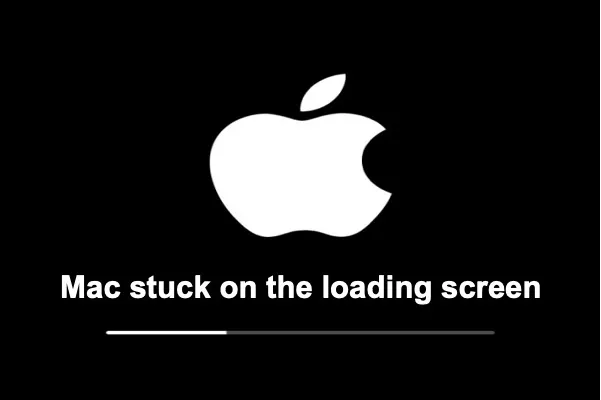Your cart is currently empty!
Why my iphone wont turn on
Overview
Thus, pressing the power button on your iPhone will not cause it to switch on. You don’t need to worry anymore; this page has information on every potential reason why your phone might not be turning on, as well as diagnostic advice and assistance in finding remedies, including parts and manuals when needed.

See the iPhone Black Screen page instead if your phone is still vibrating or making noises, but nothing is shown on the screen.
1. Battery Drained
Verify that the iPhone is more than empty. When the battery is too low to turn on, the iPhone will often display a screen asking you to plug it in, but if the battery is deficient, there may not be enough power to turn on the display. Before ruling out battery discharge, plug your phone into a known functional* charging arrangement for ten minutes.
*To ensure your phone is getting power, make sure your outlet, charging block, and cable are all in working order.
2. System Failures
The most likely cause of an iPhone that turns off without warning—if it hasn’t been dropped, submerged in water, or suffered any other harm since it was last turned on—is a firmware crash. You’ll need to force a restart to get your phone out of a faulty firmware loop. To do this, follow the instructions specific to your iPhone/iOS combination.
Regarding the iPhone 8, X, 11, 12, 13, SE (2nd Gen), and SE (3rd Gen) models:
Press the volume up button, then let it go right away.
Press the volume down button, then let it go right away.
Toggle the power button on and off.
After about ten seconds, the Apple logo should appear; press and hold the power button until it does.
Regarding the iPhone 7:
Simultaneously press and hold the side power button and the volume down button.
After about ten seconds, the Apple logo should appear; when it does, release both buttons.
For iPhone SE (first generation), 6s, and 6:
Simultaneously press and hold the home and side power buttons.
After about ten seconds, the Apple logo should appear; when it does, release both buttons.
Take note that you must quickly push each button after the other. Furthermore, you should charge your phone for at least ten minutes before switching it on again if it does not turn on as expected.
3. defective batteries
Smartphone batteries will eventually begin to deteriorate and store less and less power. Your iPhone’s battery may have worsened, so it can no longer retain a charge if you’ve been using it excessively and have racked up thousands of charge cycles.
Furthermore, lithium-ion batteries, such as the one in your iPhone, dislike being left for extended periods at either end of their charging range (completely or fully depleted). Even if your charge cycle count is relatively modest, your iPhone’s battery life may have been severely reduced if you maintained it at one of these extremes (particularly entirely depleted) for several weeks or months.
If your phone turns on when plugged in, you can rule out battery problems. If your phone does turn on while plugged in, you can use the following procedures to see how healthy the battery is:
Get your phone’s Settings app open.
Select the tab for battery settings.
From the Battery menu, choose Battery Health.
Verify the percentage of Maximum Capacity.
You should still be able to use your iPhone even though your battery has drastically declined, and you will notice a shorter life between charges if this figure is less than 80%.
The maximum power output of your battery may need to be increased to support the functionality of your phone if the figure is less than 50%, in which case you should replace it.
Should you determine that your problems are being caused by your battery, you can replace them by clicking on the appropriate iPhone Battery Replacement link according to your iPhone model.
4. Unclean Charging Ports
The battery may be unable to charge if the charging port is blocked by debris or the contacts on the charging wire are unclean. Try a different charging cable after cleaning the dock with a toothpick or other non-conductive probe, such as a spudger and a little isopropyl alcohol. Let it dry.
5. Broken Charging Ports
Many iPhones have damage to their charging ports from frequent plugging and unplugging of charging cables, especially if the port isn’t treated very gently. The phone cannot be charged using a line if the port is damaged to the point where the contacts break. Your phone has simply discharged and won’t switch on in that scenario.
Should your phone have wireless charging built-in, see if it will turn on when you use a wireless charging station. If your phone turns on, you’ll need to replace the charging connector, which is often found on the daughterboard. To return the charging port, locate the daughterboard guide on the page for your specific iPhone and follow its instructions.
6. Broken Screens
The phone’s screen displays the user interface, and as it manages most of the device’s input and output, a malfunctioning screen could be misinterpreted as the reason the phone won’t switch on.
A new screen could get the phone back in working order if it was dropped lately and there is evident damage. You should test this by connecting the phone to an external display. Your phone is still turning on even though the show is broken if you see output on the external display.
Using a USB ammeter to ensure the phone is charging is another testing method for a damaged screen. This ensures that the internal components of the phone are still working and suggests that there may be a problem with the screen.
You can replace the screen by using the appropriate iPhone Screen Replacement link for your particular iPhone model.
7. Motherboard Damages
If none of the above fixes worked to restart your iPhone, there might be a problem with the device’s main circuit board. The motherboard manages most of the phone’s functions, which also processes input from the buttons and screen to deliver the intended result.
Conclusion
Generally speaking, a motherboard only malfunctions when it is severely damaged, exposed to water, extremely high or low temperatures, or altered BIOS settings (for example, when an effort at jailbreaking fails). To get your phone working again, you may need to replace your motherboard if any of the factors above have harmed it.







Leave a Reply